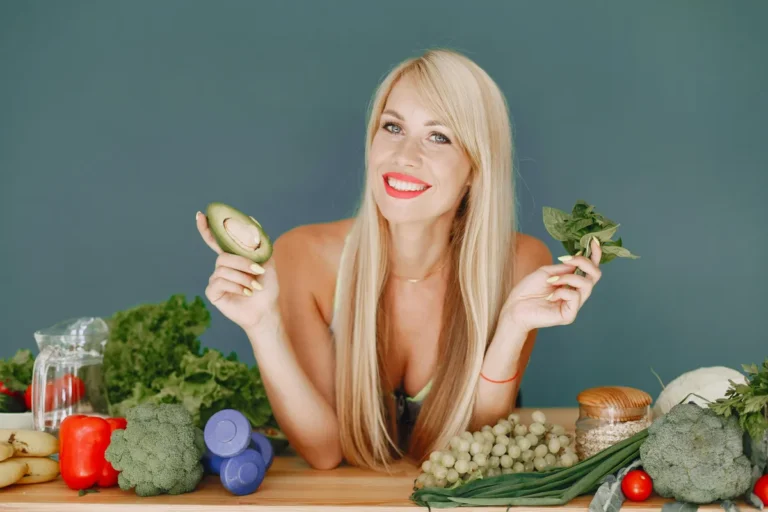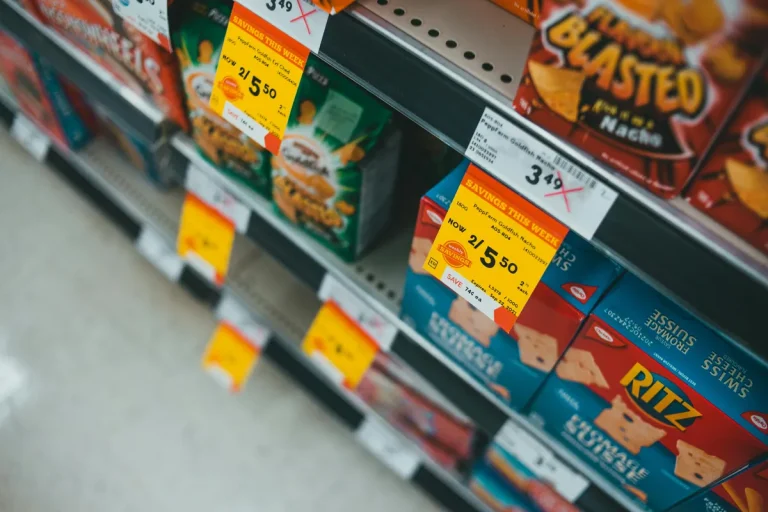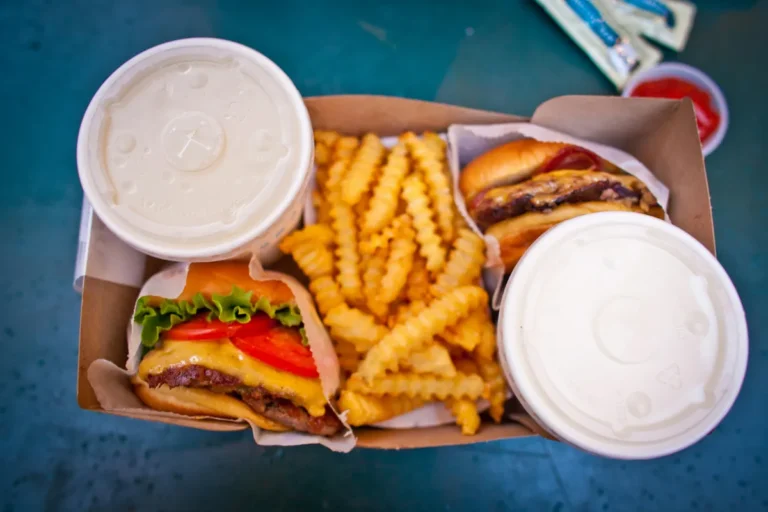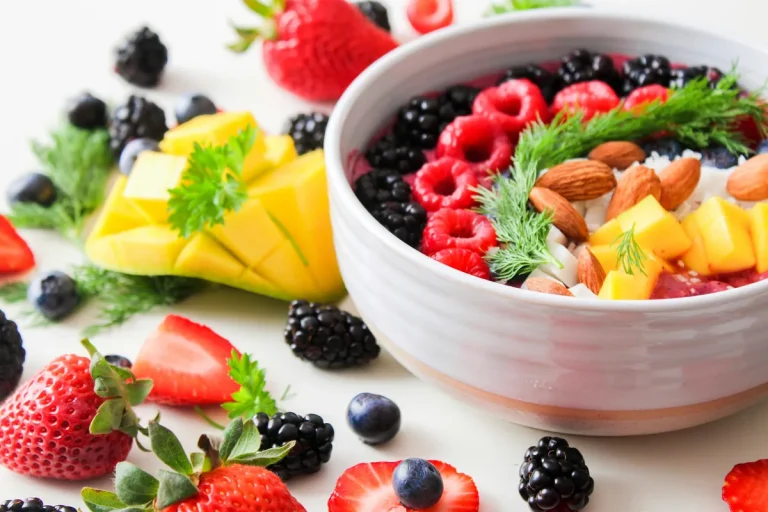When it comes to fitness, what you eat matters just as much as how you train. But between busy schedules and fluctuating motivation, it’s easy to fall into the trap of grabbing whatever’s convenient especially post-workout. That’s where batch cooking comes in. By preparing meals ahead of time, you can ensure your body gets the nutrients it needs to perform well, recover faster, and stay energised throughout the week.
This guide breaks down how to batch cook with purpose, what to include in your meals, and how to align your prep with your workout goals.
Why Batch Cooking Supports Better Energy and Performance
Batch cooking isn’t just about saving time it’s about creating consistency. When meals are prepped and ready, you’re less likely to skip meals, rely on ultra-processed snacks, or miss key nutrients that support training.
Benefits include:
- Stable energy levels from balanced macronutrients
- Improved recovery through timely protein and carb intake
- Reduced decision fatigue around what to eat
- Better portion control and nutrient tracking
- Support for long-term fitness goals through structured eating
Whether you’re training for strength, endurance, or general wellness, having meals ready to go helps you stay focused and fuelled.Your Weekly Wellness Boost
What to Include in Workout-Friendly Batch Meals
To support workouts, meals should be built around three core macronutrients: carbohydrates, protein, and healthy fats. Each plays a distinct role in energy production, muscle repair, and hormonal balance.
Carbohydrates
- Provide quick and sustained energy
- Replenish glycogen stores post-exercise
- Best sources: brown rice, quinoa, sweet potatoes, oats, whole grain pasta
Protein
- Supports muscle repair and growth
- Helps reduce post-workout soreness
- Best sources: chicken, turkey, tofu, lentils, eggs, Greek yoghurt
Healthy fats
- Aid in nutrient absorption and hormone regulation
- Provide long-lasting energy
- Best sources: avocado, olive oil, nuts, seeds, fatty fish
Bonus nutrients:
- Leafy greens for iron and magnesium
- Colourful vegetables for antioxidants and fibre
- Fermented foods for gut health (e.g., kimchi, sauerkraut)
Aim to build meals that combine these elements in balanced portions. For example: grilled chicken with quinoa, roasted vegetables, and tahini dressing.
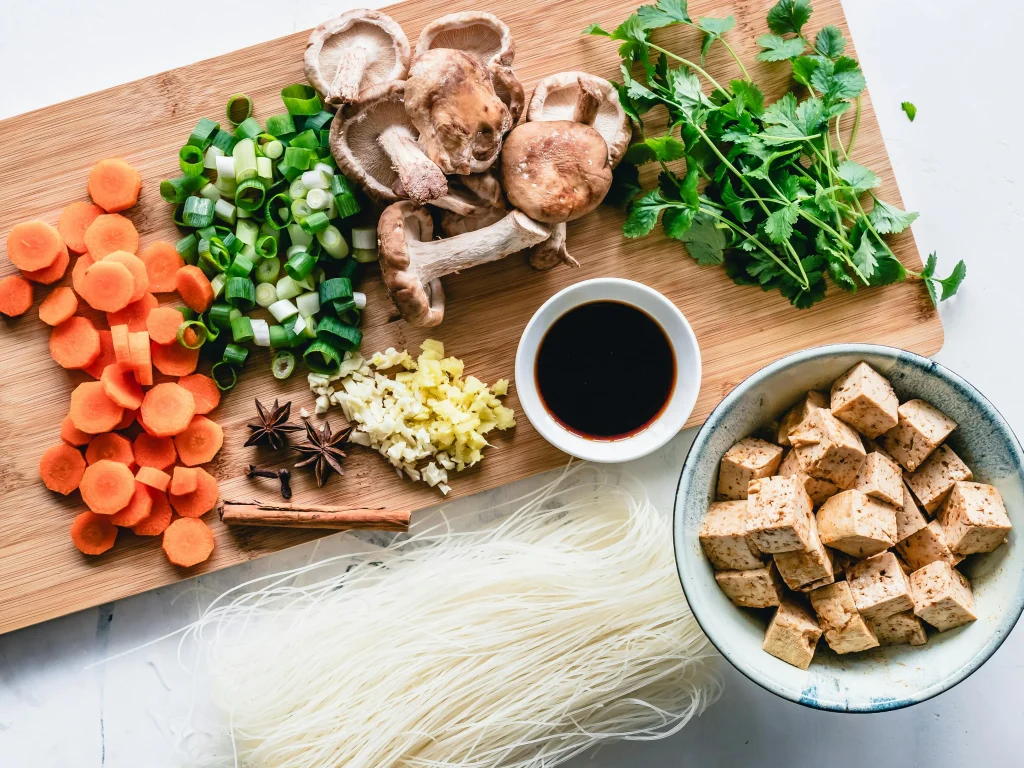
Sample Batch-Cooked Meals That Fuel Workouts
Here are a few meal ideas that batch well and support different phases of training:
Pre-workout meals (2–3 hours before training):
- Brown rice stir-fry with tofu and mixed vegetables
- Whole grain pasta with turkey mince and tomato sauce
- Sweet potato mash with black beans and avocado
Post-workout meals (within 60 minutes of training):
- Grilled salmon with quinoa and steamed broccoli
- Chicken burrito bowls with brown rice, salsa, and Greek yoghurt
- Lentil curry with basmati rice and spinach
Snack options:
- Overnight oats with chia seeds and berries
- Hard-boiled eggs with hummus and carrot sticks
- Protein muffins made with oats and banana
Batch cooking these meals in advance means you can portion them into containers and rotate them throughout the week, keeping variety and nutrition in check.
4. Storage Tips to Keep Meals Fresh and Safe
Proper storage is key to making batch cooking work. Here’s how to keep meals fresh and safe:
- Use airtight containers to prevent spoilage and odours
- Label with dates to track freshness and rotation
- Store in the fridge for up to 3–4 days, or freeze for longer shelf life
- Reheat thoroughly to avoid bacterial growth
- Keep sauces separate when possible to preserve texture
Investing in BPA-free containers, a reliable freezer, and a weekly prep schedule can make batch cooking seamless and sustainable.
5. How to Align Your Meal Prep With Your Training Goals
Different fitness goals call for different nutritional strategies. Here’s how to tweak your batch meals accordingly:
For muscle gain:
- Increase protein portions (e.g., 30–40g per meal)
- Add calorie-dense carbs like sweet potatoes, oats, and rice
- Include healthy fats to support hormone production
For fat loss:
- Focus on lean proteins and high-fibre vegetables
- Moderate carb intake based on workout intensity
- Use herbs and spices for flavour without added calories
For endurance training:
- Prioritise complex carbs for sustained energy
- Include electrolyte-rich foods like spinach and bananas
- Ensure adequate hydration alongside meals
Planning meals around your training schedule helps maximise results and keeps your nutrition aligned with your physical output.


